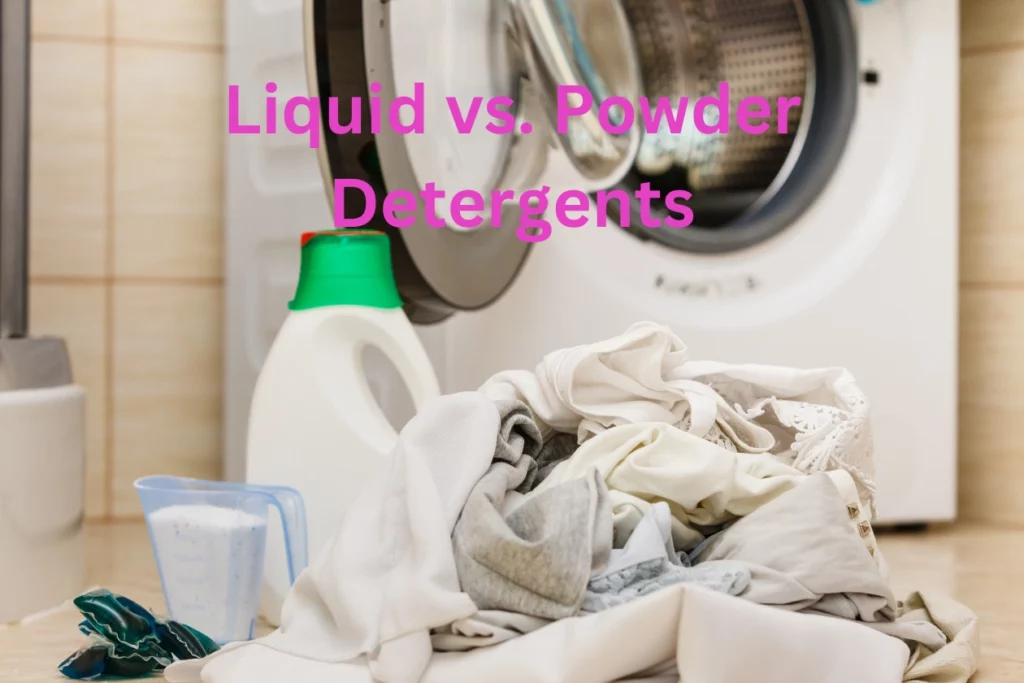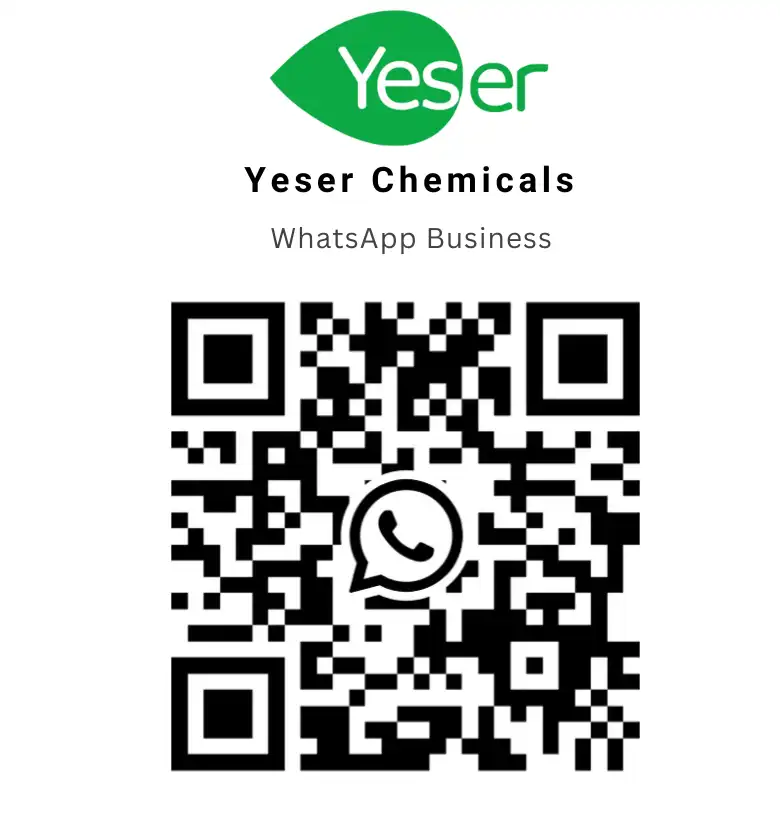Introduction
The world of detergents offers a multitude of choices, the most common of which are liquid and powder detergents. Both are efficient cleaning agents, but they have distinct features and benefits.
This article aims to differentiate between liquid and powder detergents, considering various factors such as cost-effectiveness, stain removal capabilities, packaging, and environmental impact, among others.
Understanding Detergents
Definition and Function of Detergents
Detergents are complex chemical agents that break down and remove dirt, stains, and grime, making it possible to clean a variety of items, especially clothing.
The Chemistry Behind Detergents
The cleaning power of detergents is attributed to their specific chemical composition and the role of various ingredients that interact to extract dirt and stains.
The primary components of detergents include surfactants, builders, and enzymes.
Surfactants, or surface active agents, are the main cleaning ingredients in detergents. These compounds have a unique molecular structure with a water-loving (hydrophilic) ‘head’ and an oil-loving (hydrophobic) ‘tail’. This allows surfactants to surround oil and grease particles, break them up, and remove them from the fabric, subsequently allowing them to be washed away with water. Linear Alkyl Benzene Sulphonic Acid(LABSA), Sodium Lauryl Ether Sulfate(SLES), Alpha Olefin Sulphonate(AOS), and Fatty Alcohol Polyoxyethylene Ether(AEO-7/AEO-9) are some most common surfactants used in detergents.
Builders, such as Sodium Tripolyphosphate(STPP) and EDTA-2Na enhance the efficiency of the surfactants by softening the water. Hard water contains positively charged minerals such as calcium and magnesium which can interfere with the surfactants’ ability to clean. Builders can neutralize these minerals, allowing the surfactants to function more effectively.
Enzymes are another key ingredient in detergents. Different enzyme variants are used to target specific types of stains – proteases for protein stains (like egg and blood), amylases for carbohydrate stains (like pasta and potato), and lipases for fat stains (like oils and grease). These enzymes speed up the chemical reactions that break down these stains, making them easier for the surfactants and water to rinse away.
In addition, some detergents may also contain bleaches (to help in brightening fabrics and removing color stains) and perfumes (for a pleasant scent post-washing).
It’s the collective action of these different components that give detergents their powerful cleaning ability. The detergents dissolve in water and the surfactants start to work, breaking up stains and dirt. The enzymes help break down complex stains, the builders and softeners ensure that the surfactants are working at maximum efficiency, and lastly, any added bleach or perfume contributes to cleaner, brighter, and fresher-smelling laundry.
You may want to dive deeper into Detergent Powder Ingredients and Manufacturing Process and Laundry Detergent Liquid Formulation.
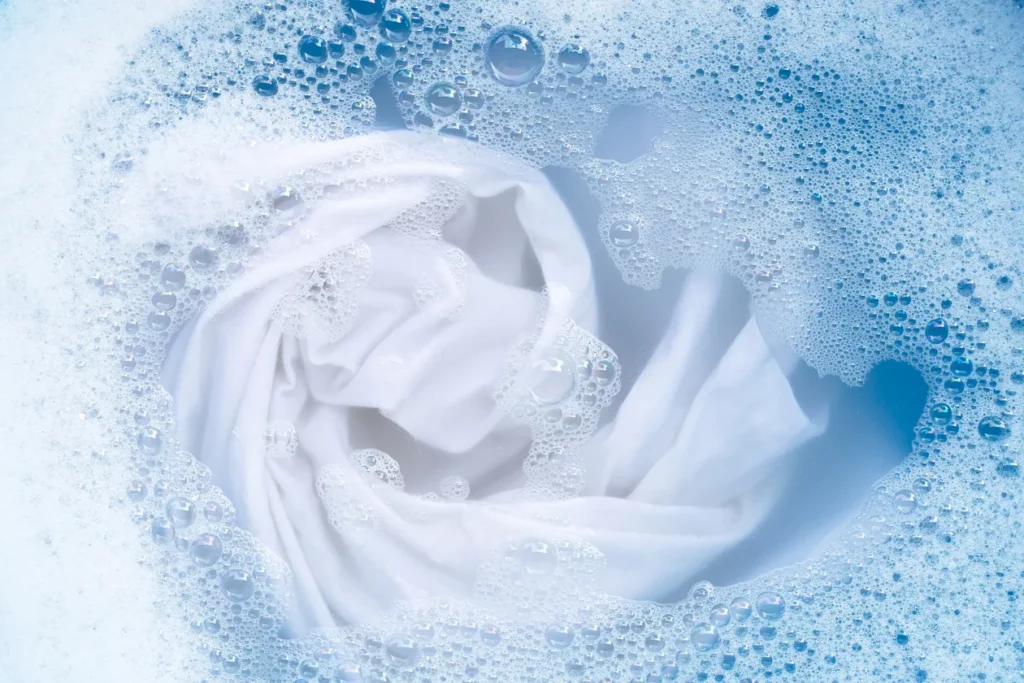
Evolution of Detergents: From Bar Soap to Liquid and Powder
The evolution of detergents has traveled a long path from bar soaps to powders and, subsequently, liquids. Each form has brought unique benefits, leading to the ongoing debate between using liquid vs. powder detergents.
Liquid Detergents
What are Liquid Detergents?
Liquid detergents are cleaning agents in liquid form. They’re versatile, easy to use, and particularly effective at removing oil-based stains.
Key Advantages of Liquid Detergents
Liquid detergents dissolve well in all water temperatures, making them great for pre-treatment or spot treatment. They’re also easier to measure out than powders, and they’re ideal for hand-washing.
Potential Drawbacks of Liquid Detergents
While effective, liquid detergents are generally more expensive per load than powder detergents. They often come in plastic packaging, which is less environmentally friendly, and they may not be as effective at removing mud, grass, or clay stains. Dosage can also be a concern, as it’s easy to use too much or too little.
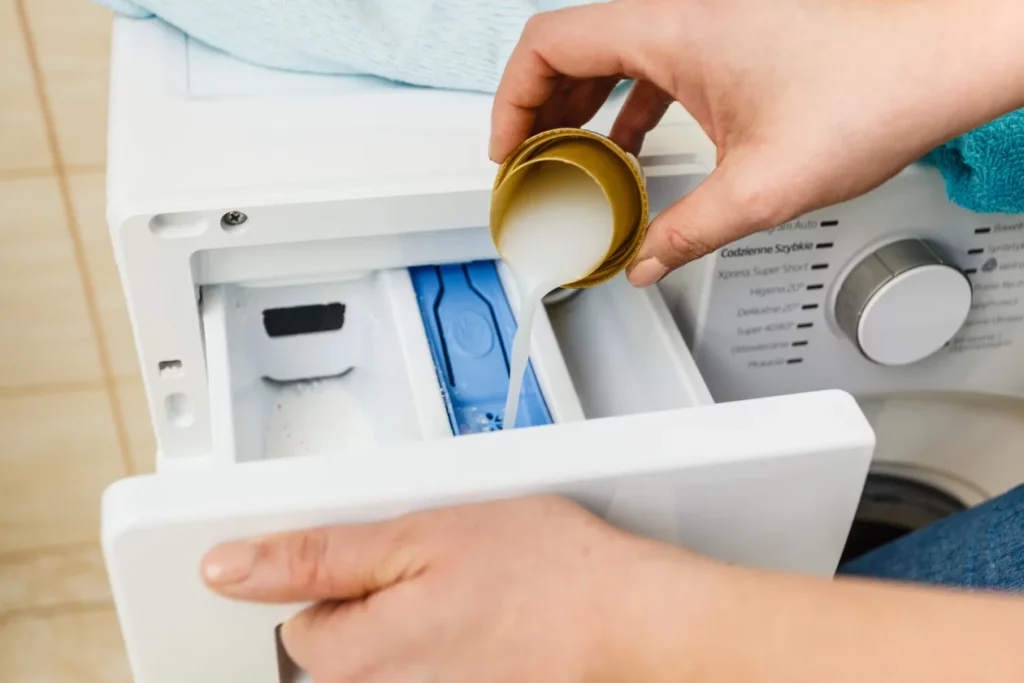
Powder Detergents
What are Powder Detergents?
Powder detergents are granulated cleaning agents that dissolve in water. They’re typically more cost-effective and have a longer shelf life than liquid detergents.
Key Advantages of Powder Detergents
Powder detergents are generally cheaper per load, more shelf-stable, and often come in recyclable cardboard packaging. They’re lightweight and work well on heavily soiled clothes, making them particularly effective at removing mud, grass, or clay stains.
Potential Drawbacks of Powder Detergents
On the downside, powder detergents can leave a residue if they don’t fully dissolve, especially in cold water. They can also be trickier to measure out accurately and may not be as effective at removing grease or oil stains.
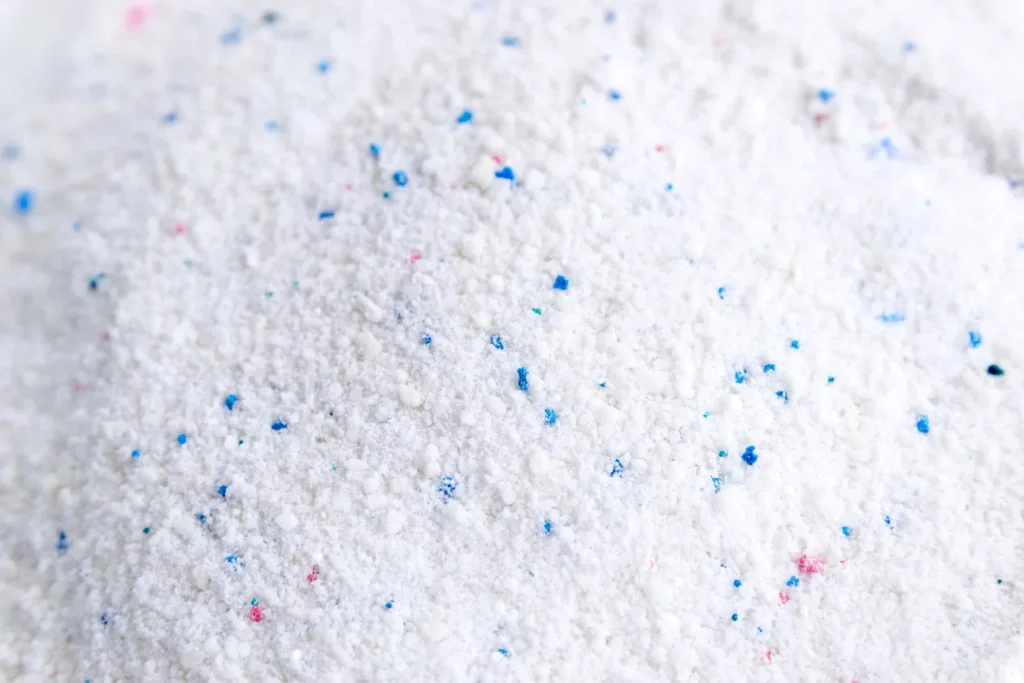
Environmental Impact of Both Detergent Types
Ecological Footprint: Liquid vs. Powder Detergents
Liquid detergents typically come in plastic bottles, which contributes to plastic waste. Powder detergents, on the other hand, often come in cardboard packaging, which is more environmentally friendly.
Economic Analysis: Cost-Effectiveness of Liquid vs. Powder Detergents
Price Comparison
In terms of cost per load, powder detergents usually come out on top. However, the cost-effectiveness can be offset if the detergent is not used properly.
Detergent Performance in Various Scenarios
Effectiveness on Different Types of Stains
While liquid detergents excel at removing oil or grease-based stains, powder detergents are more effective on mud or ground-in dirt.
Compatibility with Different Washing Machine Models
Both detergent types are compatible with all washing machine models, but front-loaders and high-efficiency machines may perform better with liquid detergents due to their low-suds formula.
User Preference and Market Trends
Consumer Reviews and Preferences
Consumer preferences are diverse, with some prioritizing cost-effectiveness, others favoring performance, and still others choosing based on environmental impact.
Conclusion: Making the Choice
Both liquid and powder detergents have their pros and cons. Your choice depends on your priorities, whether they are cost, performance, environmental impact, or user convenience.
Consider your washing habits, type of washing machine, local water hardness, and personal preferences when choosing a detergent. Whether you’re dealing with oily stains or prefer a more environmentally friendly option, there’s a detergent for you.
FAQs
Can I Use Both Types of Detergents Simultaneously?
While it’s not harmful, it’s generally not necessary to use both types of detergents simultaneously.
Which Detergent Type is Better for Delicate Fabrics?
Liquid detergents are generally better for delicate fabrics as they dissolve quickly and leave less residue.
Are There Hypoallergenic Options in Both Types of Detergents?
Yes, there are hypoallergenic options available in both liquid and powder detergents.
How Can I Minimize the Environmental Impact of My Detergent Use?
Choosing eco-friendly detergents, using the correct dosage, and opting for cardboard-packaged products can help minimize the environmental impact.
Does the Detergent Type Affect the Longevity of My Washing Machine?
Yes, powder detergents can leave residue in your washing machine over time, which can affect its functioning and longevity.

